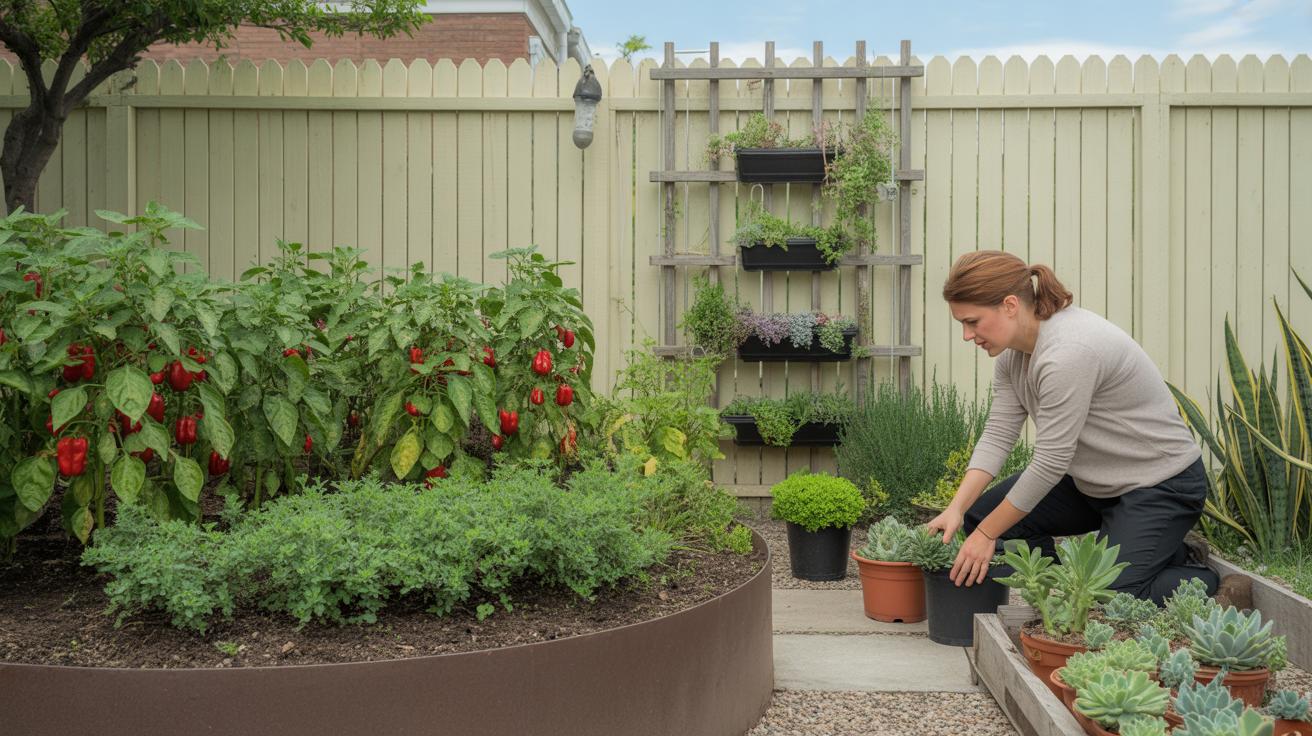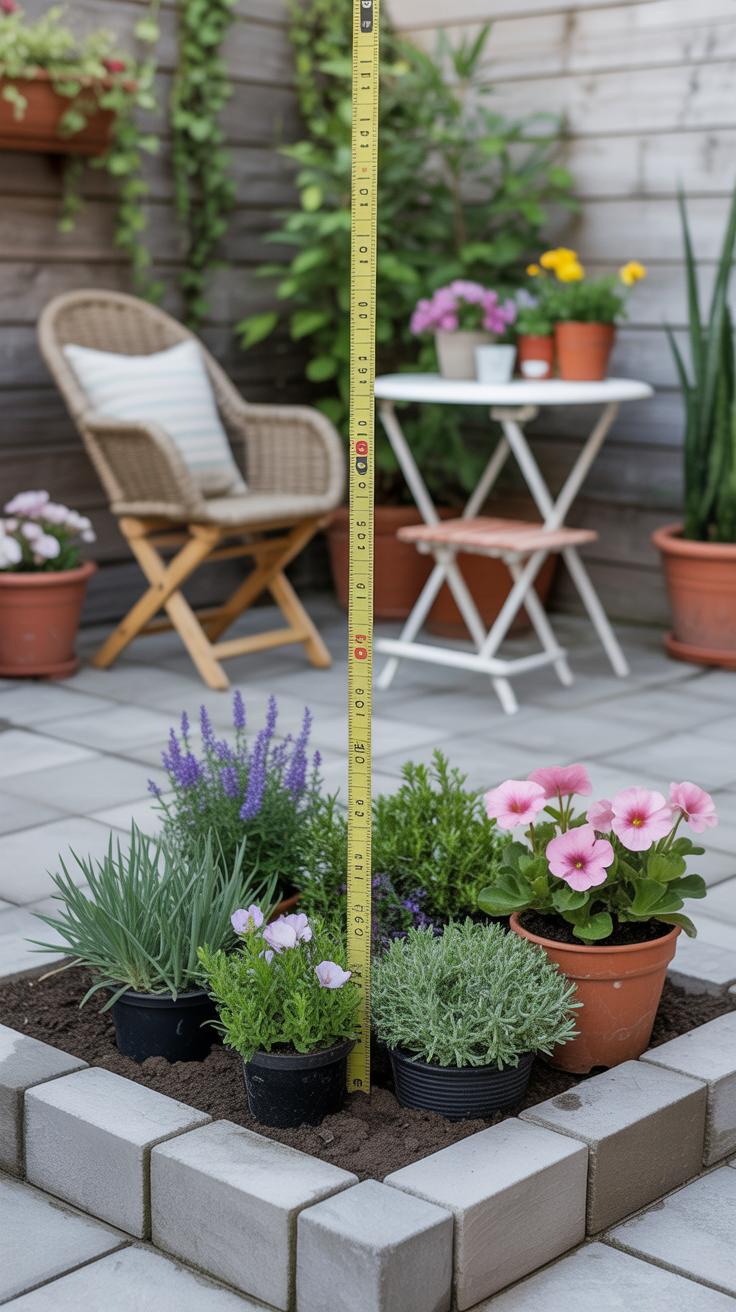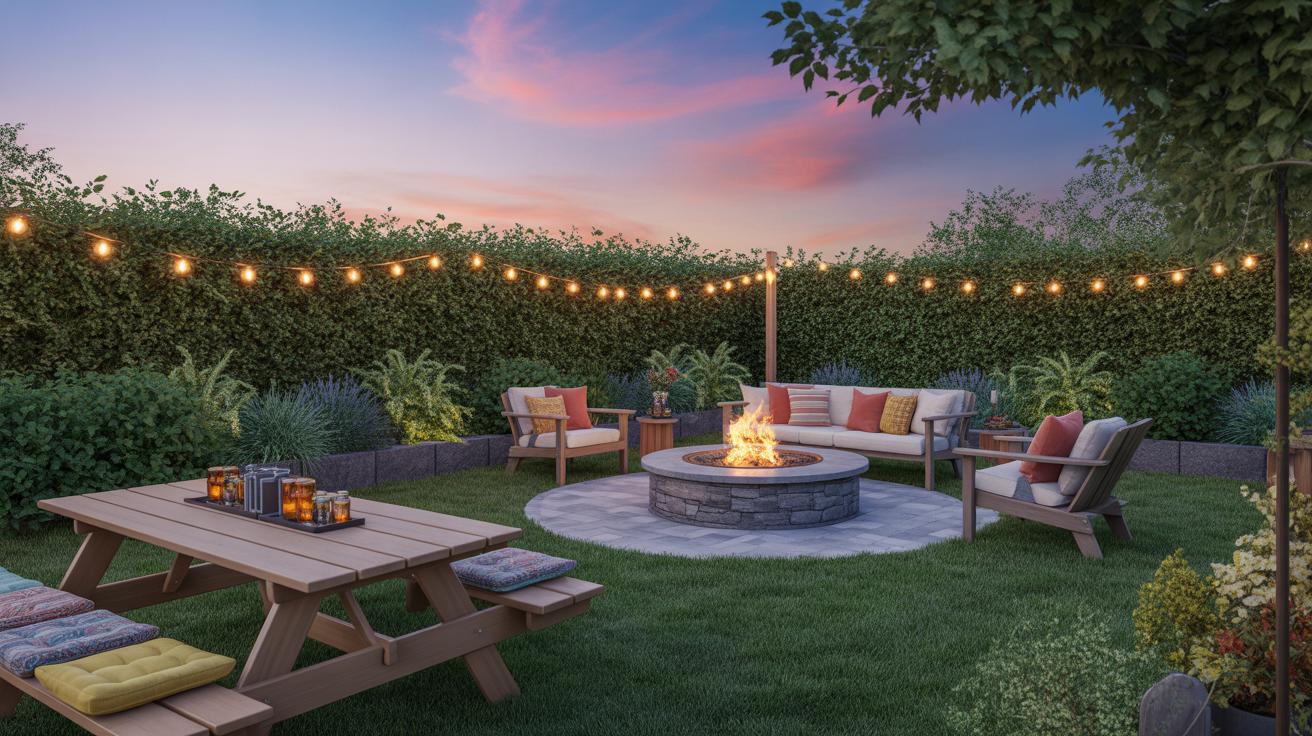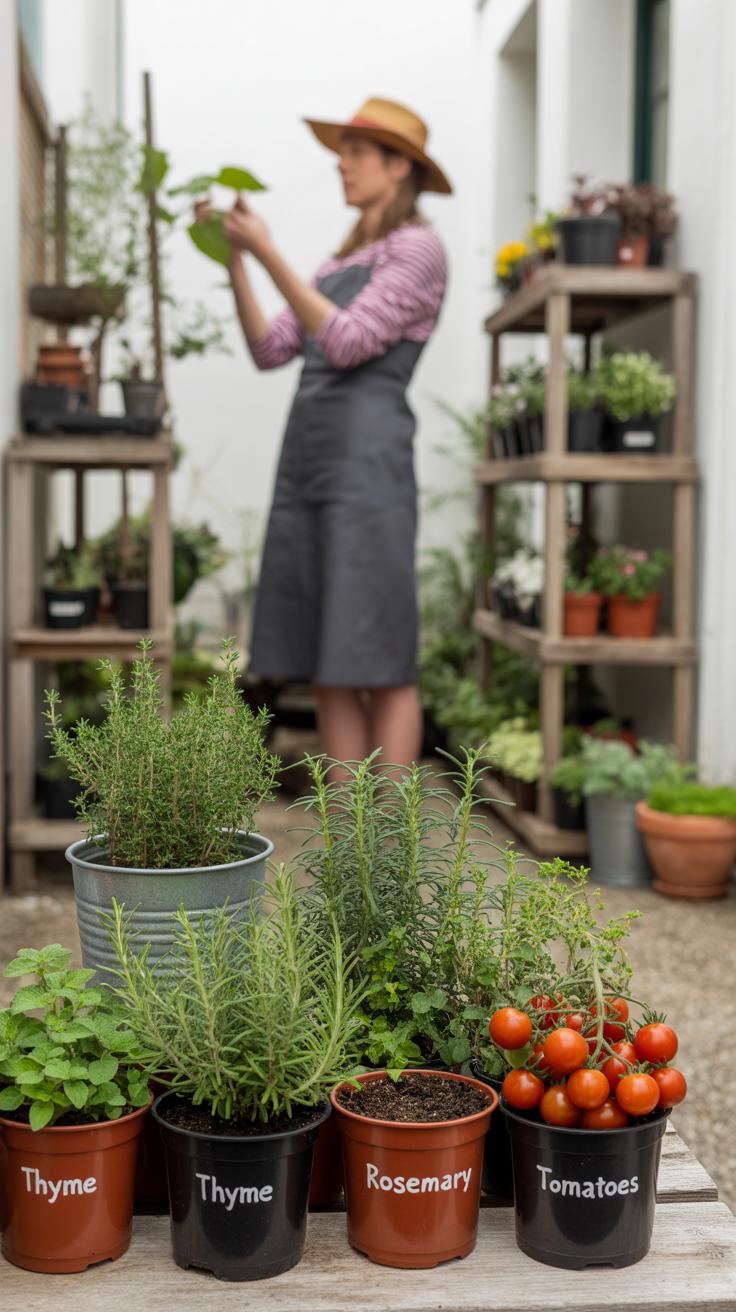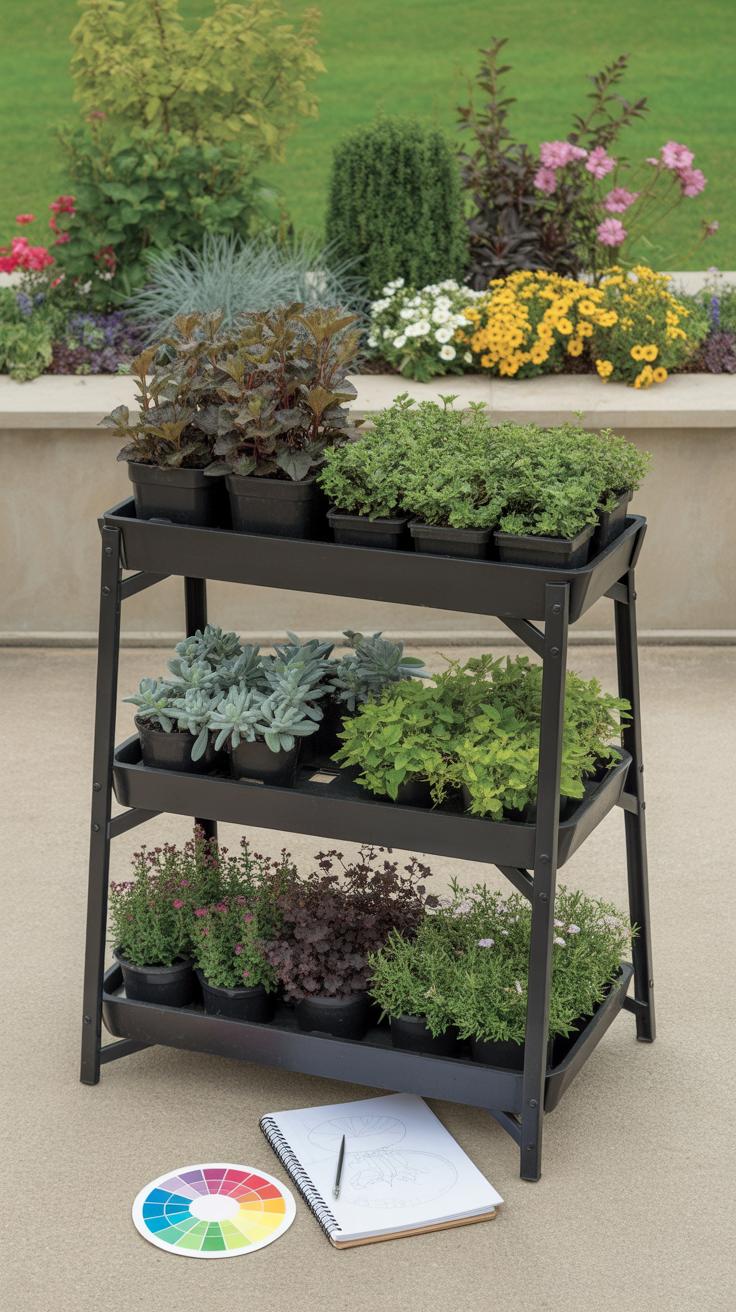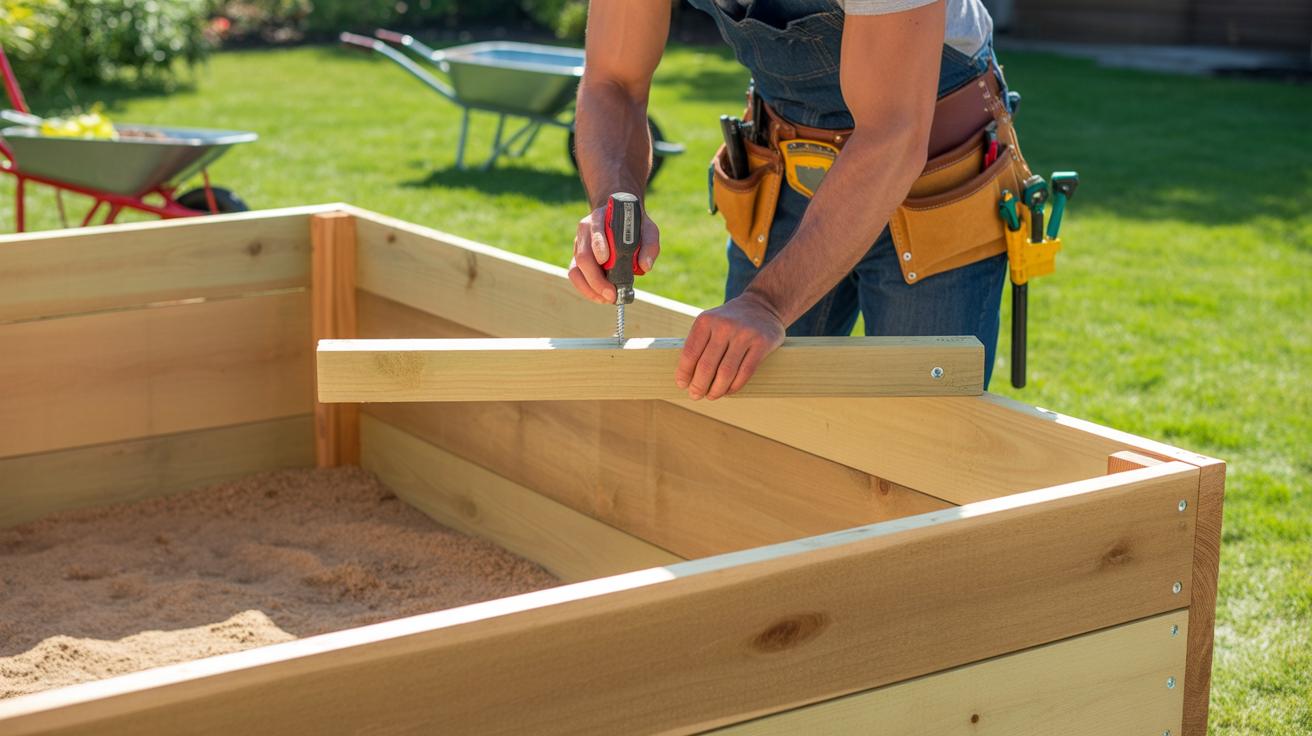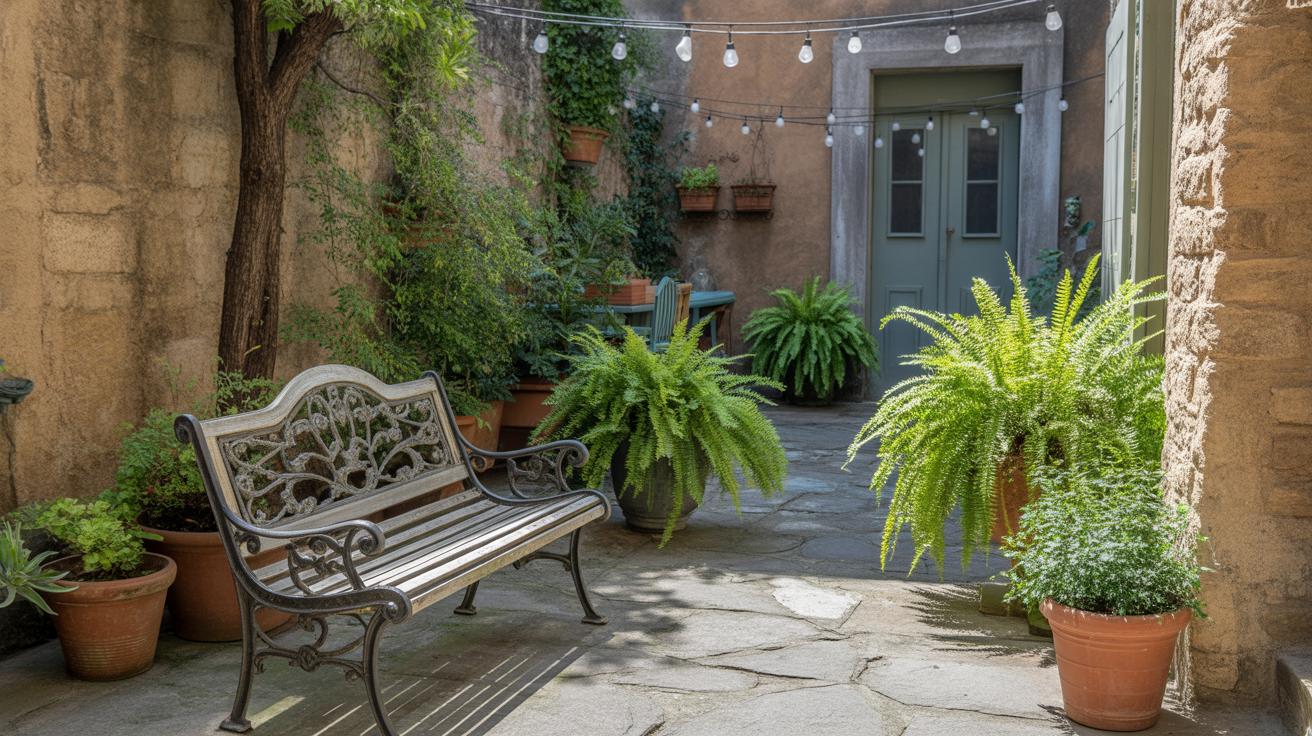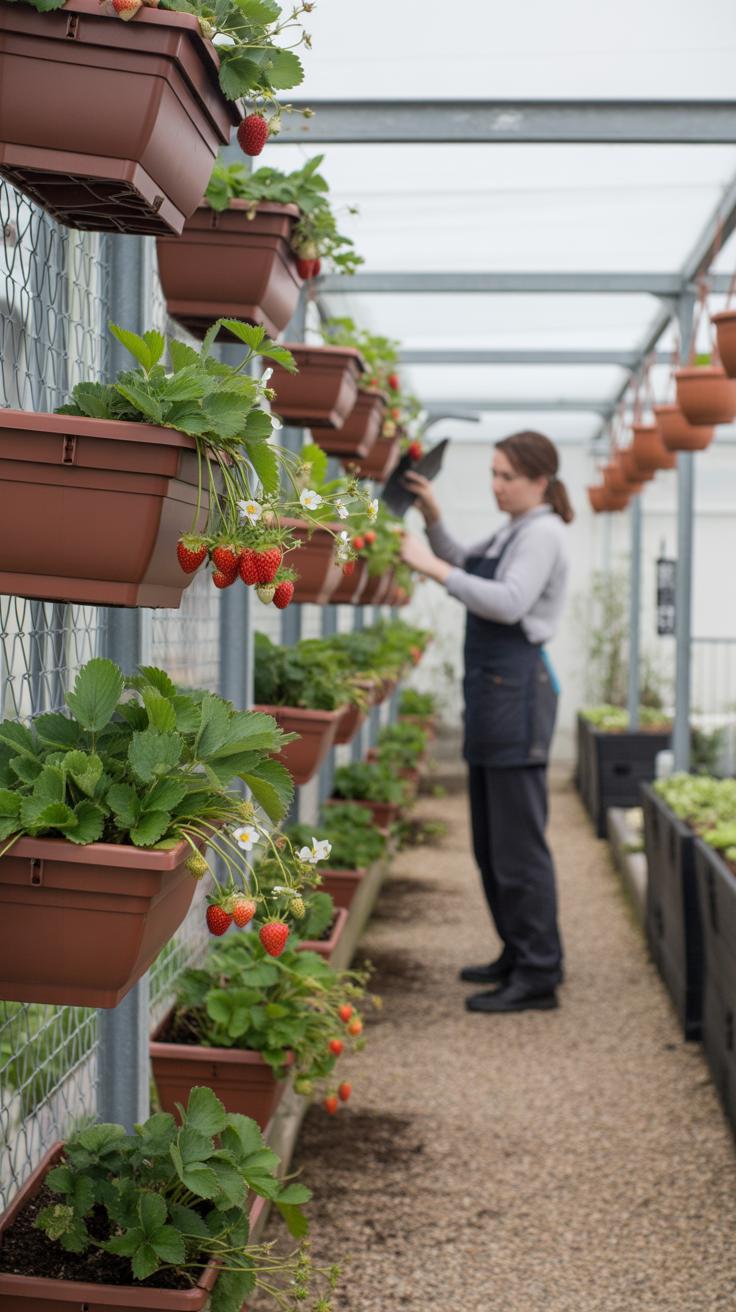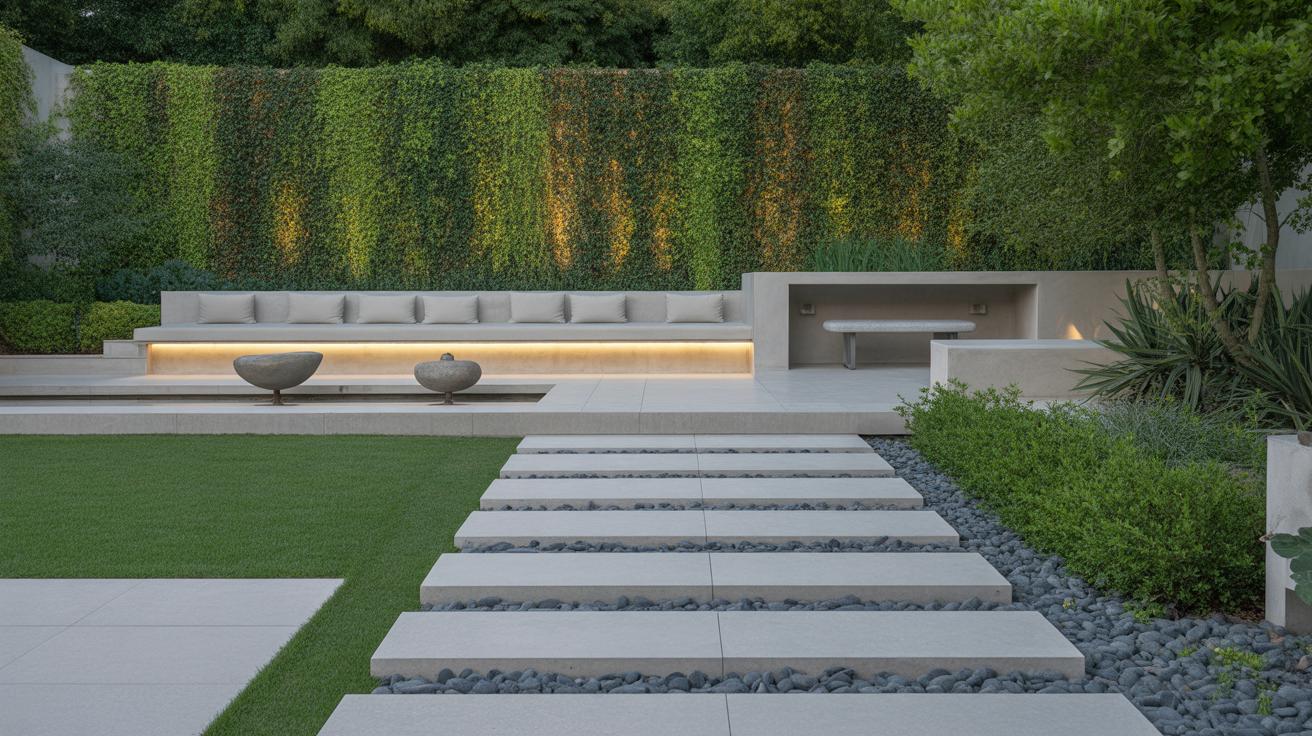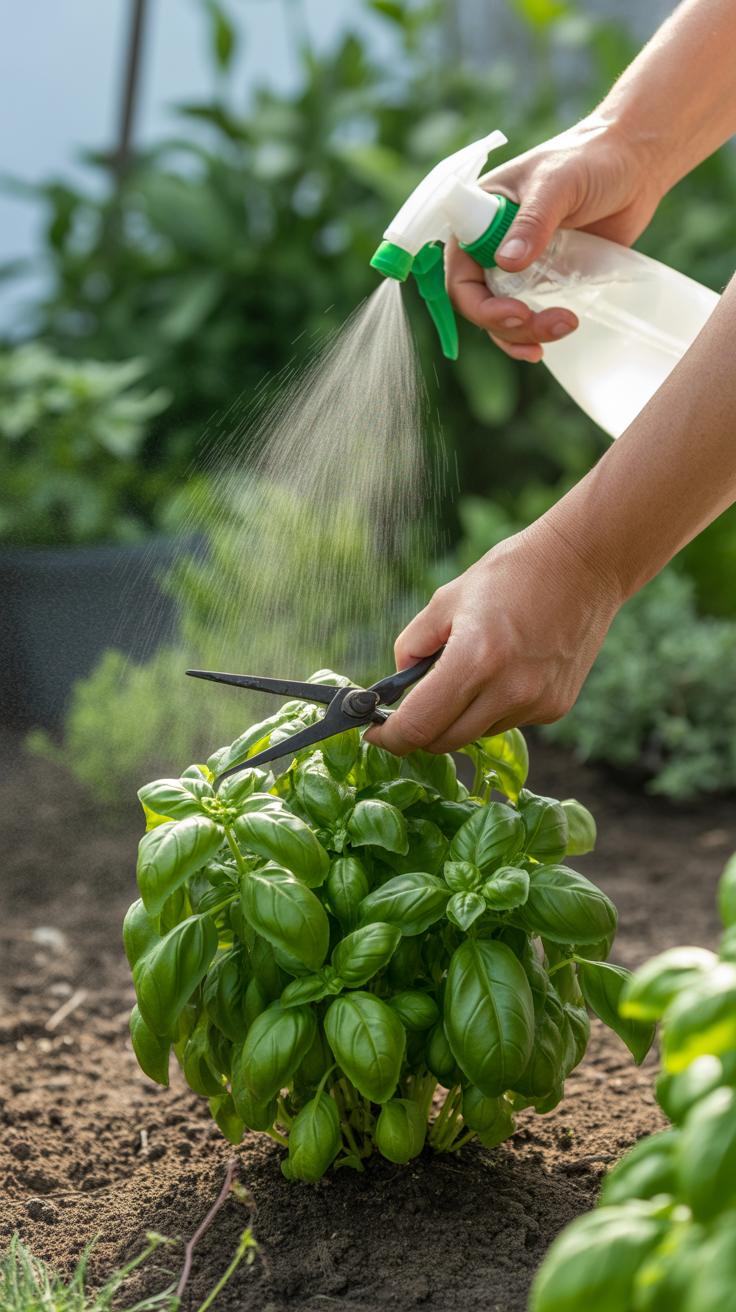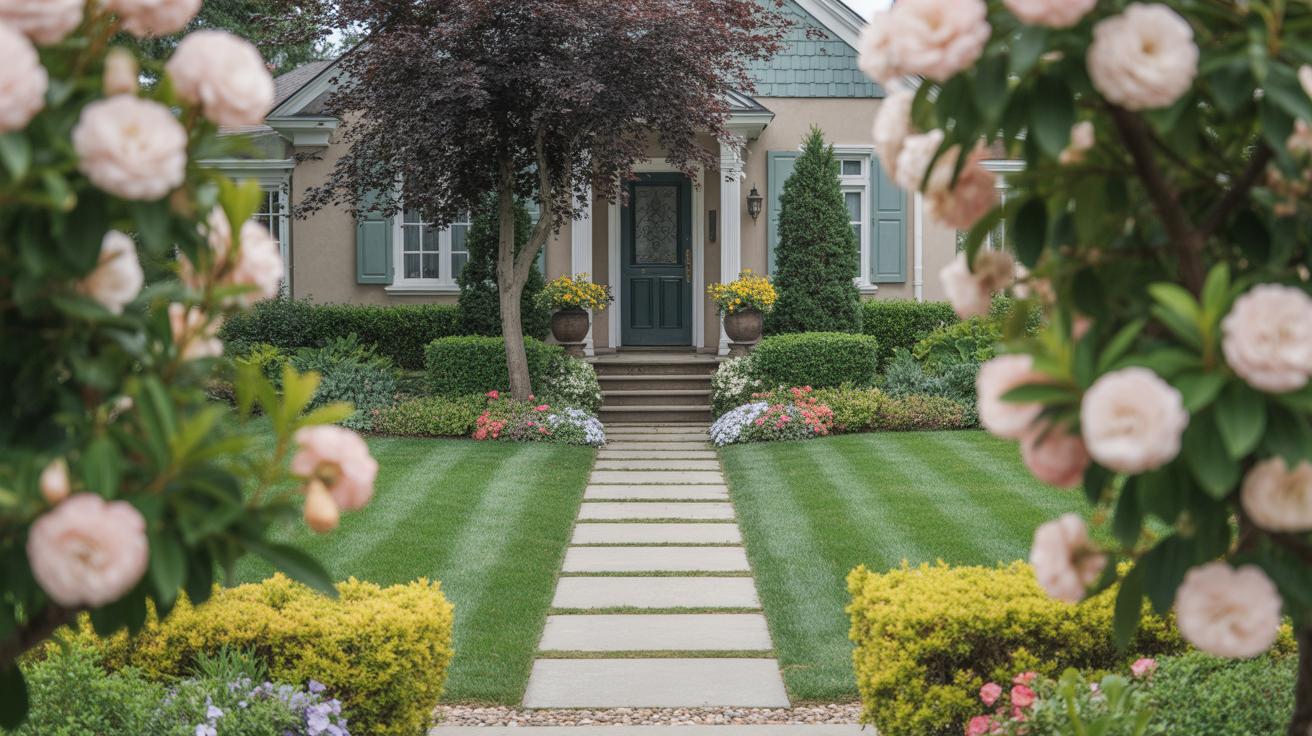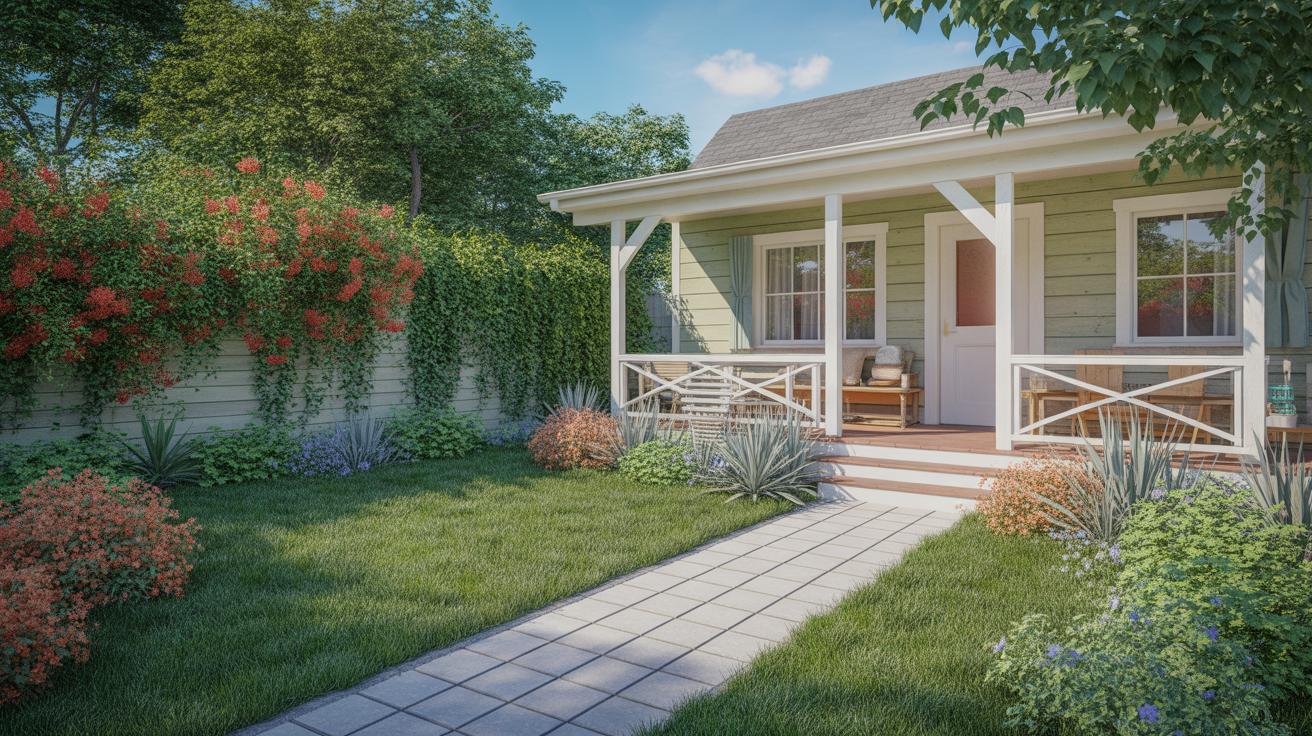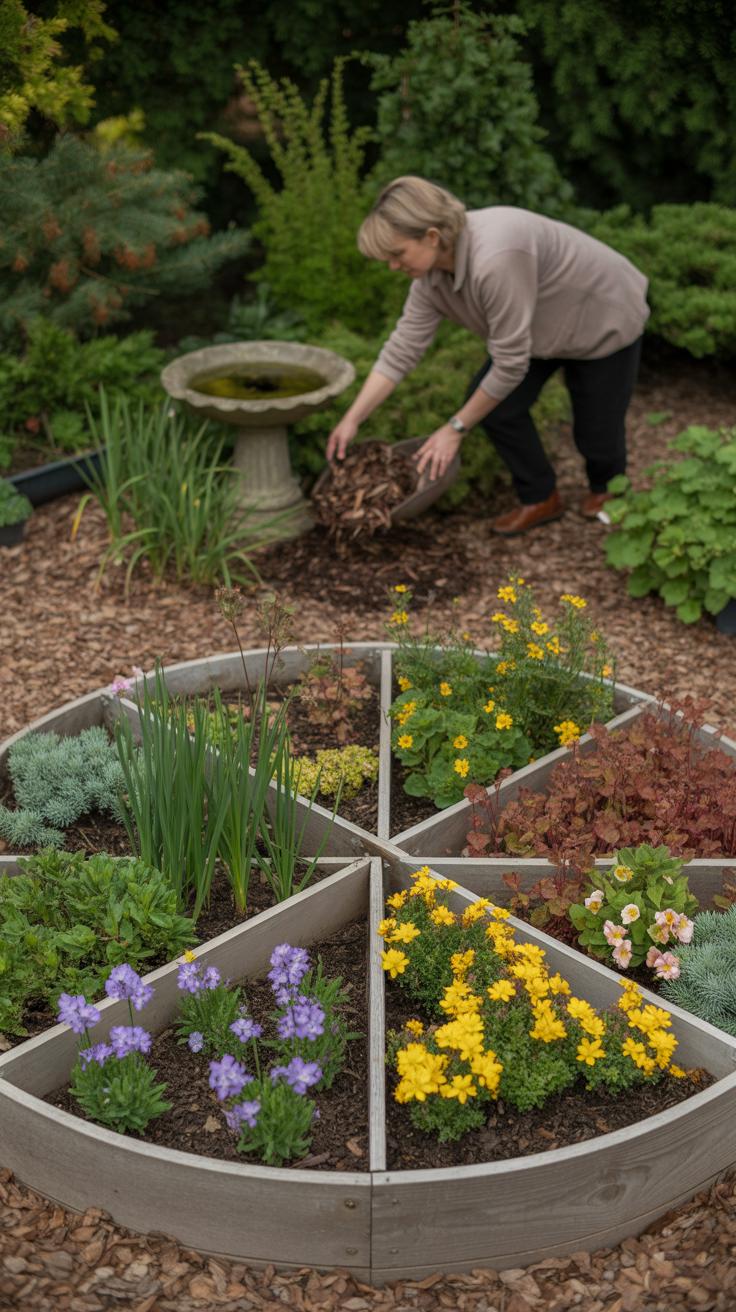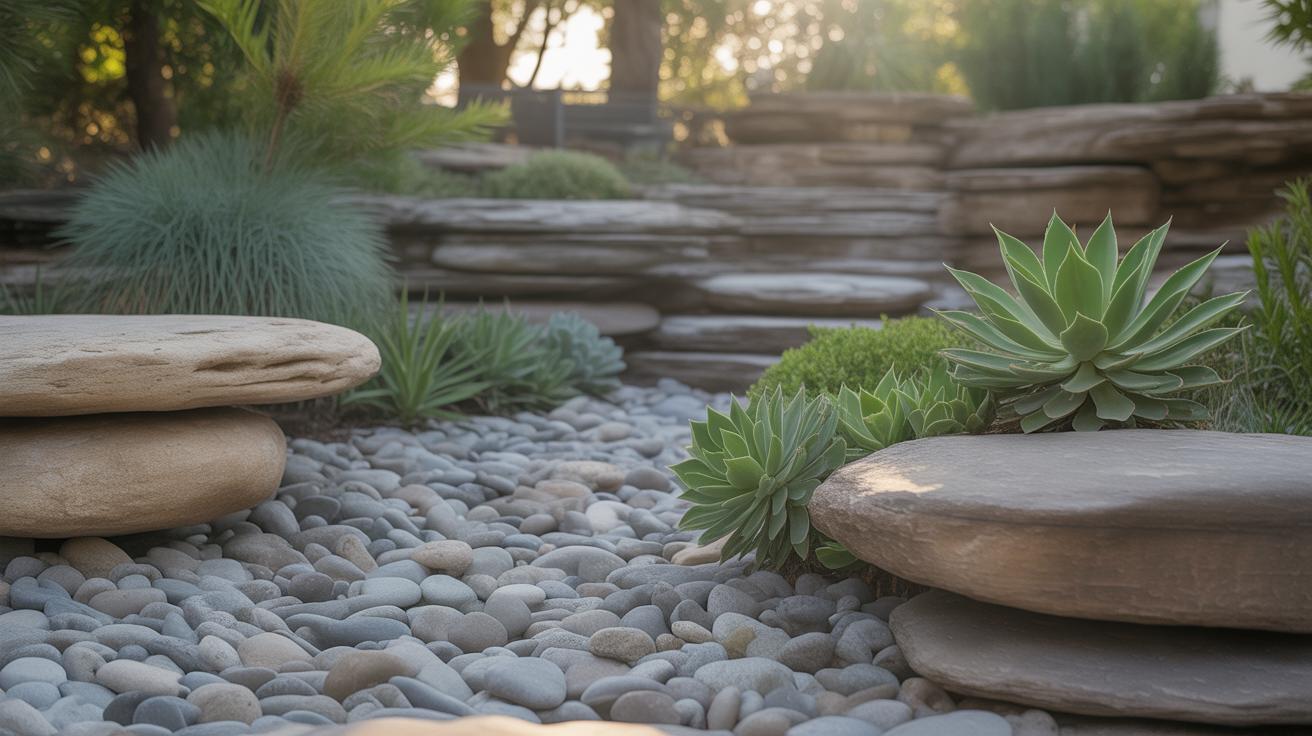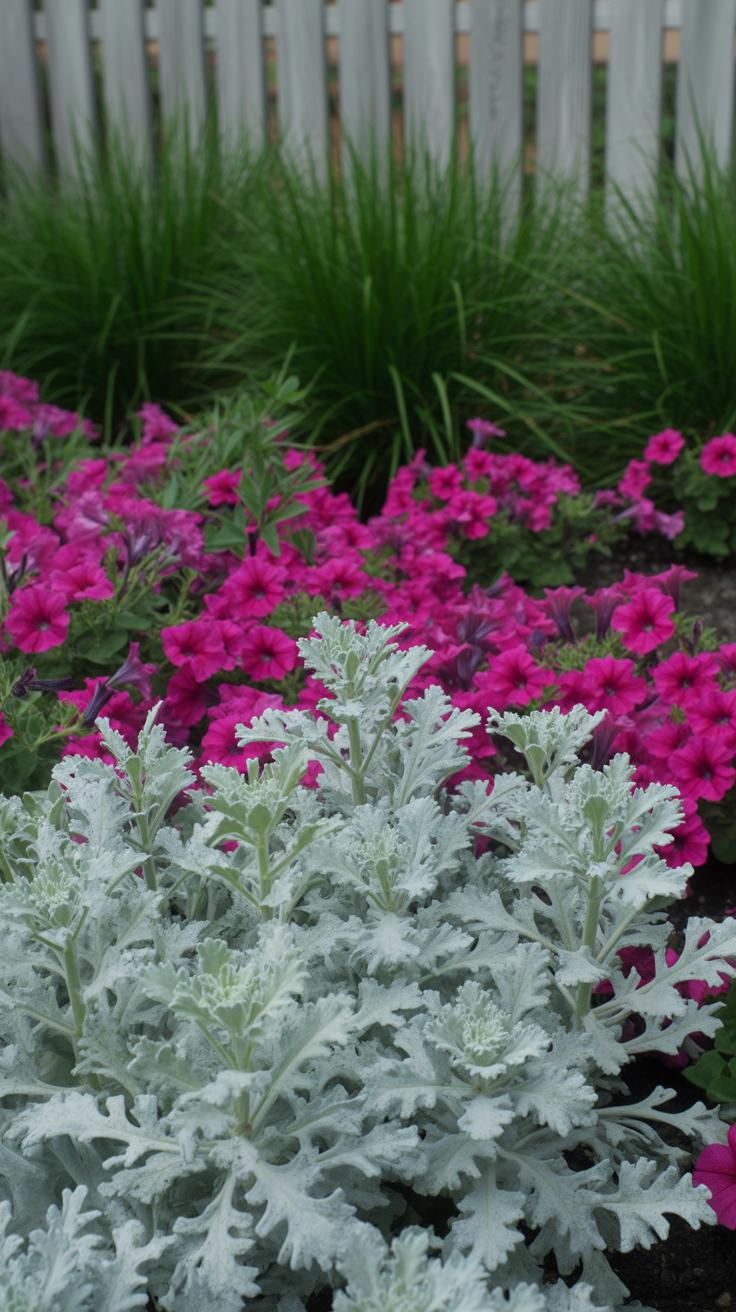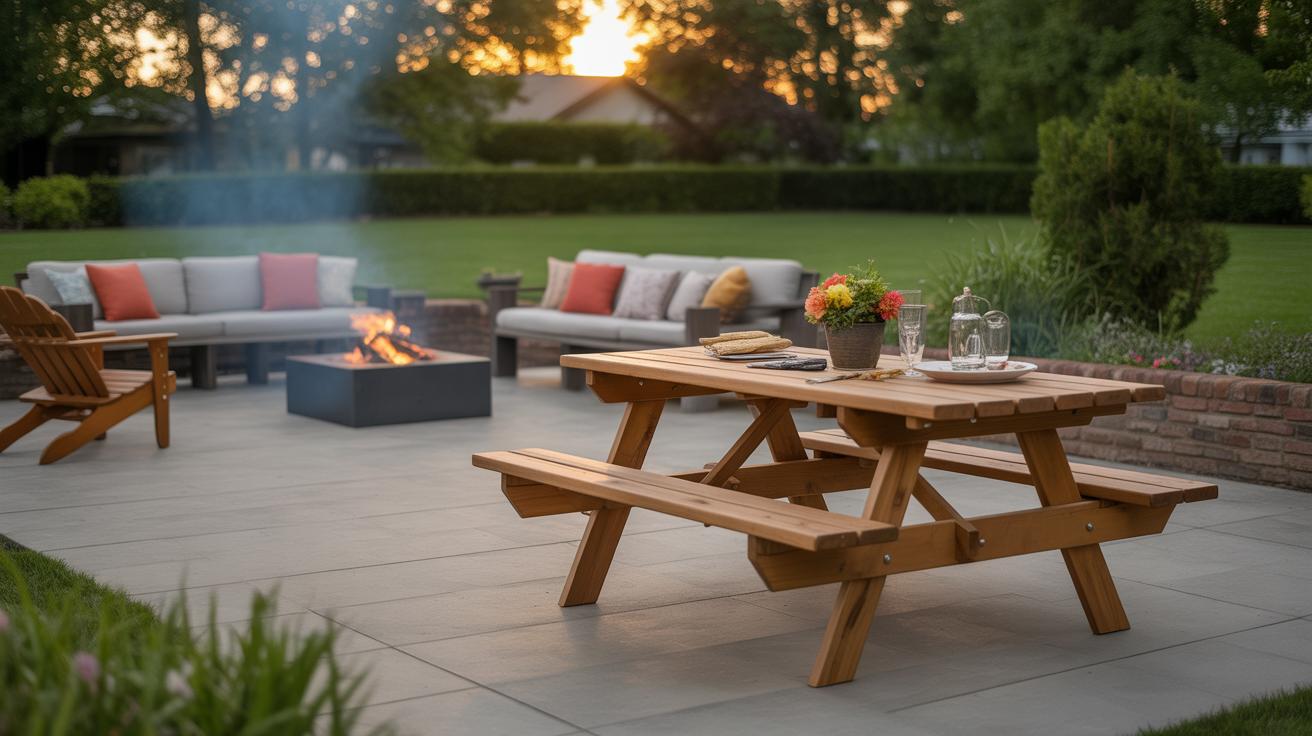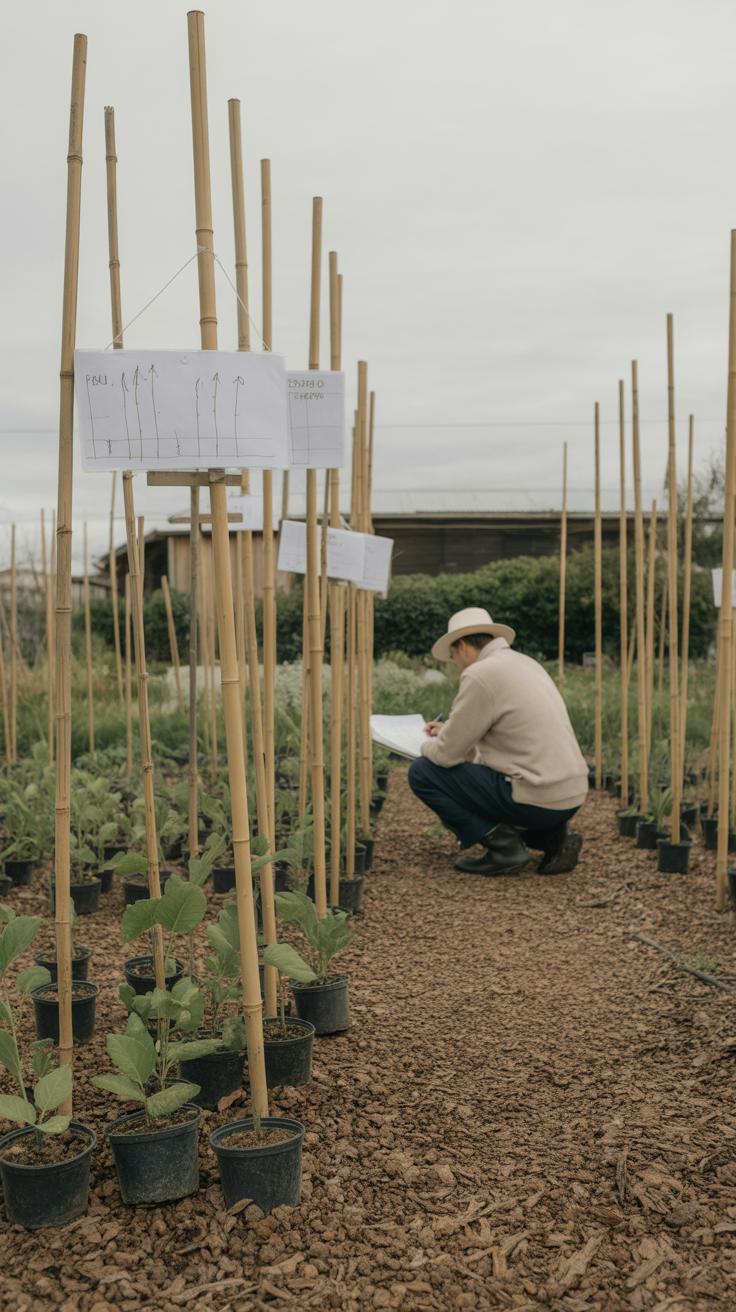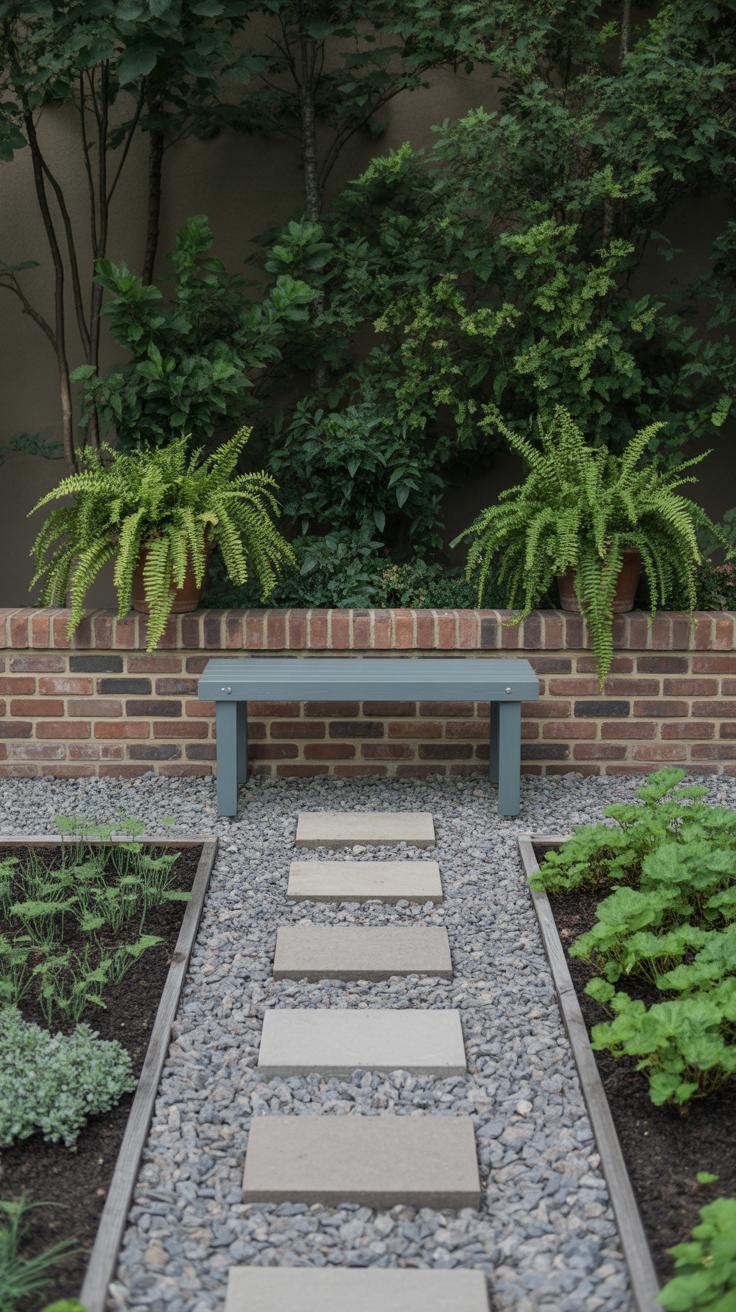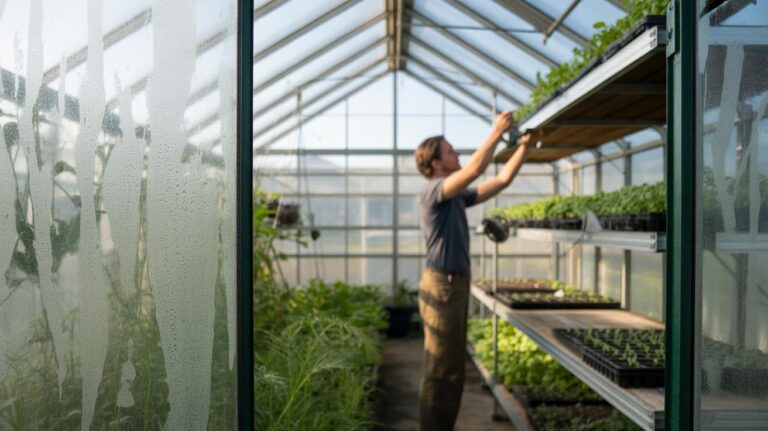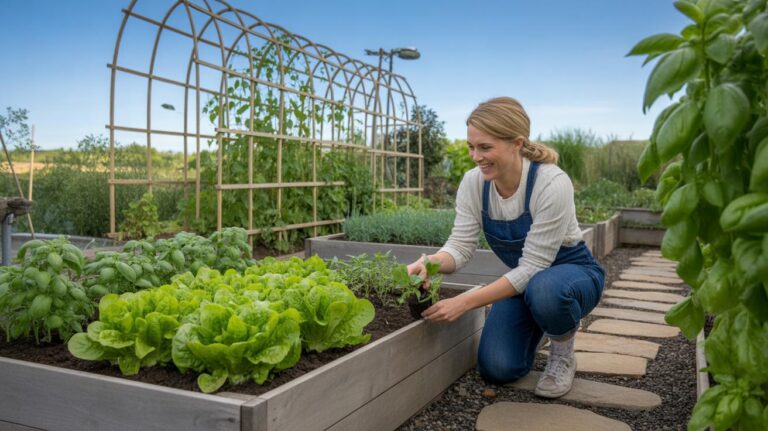Introduction
Compact planting schemes offer creative ways to maximize your small garden space while keeping it beautiful and easy to maintain. When working with a small garden landscape, careful plant selection and placement are key to creating an inviting outdoor area that feels full without being crowded. This article explores practical ideas for designing compact planting schemes to enhance the look and function of any small garden.
We will look at choosing appropriate plants that suit limited spaces and techniques to combine them effectively. Understanding these basics will help you plan your small garden thoughtfully, turning it into a charming space where every plant contributes to the overall appeal. Let’s dive into how you can get started with compact planting schemes for your small garden landscape.
Understanding Small Garden Spaces
Designing for a small garden comes with its own set of challenges. Space feels limited—sometimes frustratingly so—and not every idea fits without careful thought. Yet, small gardens also offer unique chances to be creative. The key is really about paying close attention to scale. You can’t just shrink a large garden plan and expect it to work. It’s about dimensions and how you perceive the space. That spatial awareness shapes what plants will thrive and where they should go.
When the garden is tight, every plant, pot, or path needs a reason to be there. Scale affects not only the size of plants but also their arrangement. A tall tree might overwhelm. A sprawling shrub could crowd the space too soon. Being clear about the garden’s length, width, and even height restrictions helps avoid clutter. Sometimes, you want to create the illusion of depth or openness, which influences which plants you pick and where.
Identifying Your Garden Size and Shape
Before deciding on any planting, you need a clear map of your space. Measuring is surprisingly simple but crucial. Use a tape measure or even pacing if you’re not precise. Sketch the layout on paper or digitally. Mark out fixed objects like walls, fences, paths, or existing trees. This doesn’t have to be fancy, but it must be accurate enough to base choices on.
The garden’s shape influences what you can do more than many realize. For instance, a narrow rectangular garden limits wide beds but can suit linear designs or raised planters. A square yard gives more flexibility but might feel boxed in if not carefully planned. Odd shapes like L’s or triangles need even more creativity—sometimes breaking the space into tiny zones works best. Your planting scheme follows naturally once you respect these contours.
Assessing Light and Soil Conditions
Light and soil can make or break your planting plans. Spend a day—or several—watching where sunlight falls, and for how long. Note shady spots near fences or trees. Many small gardens suffer from dappled or partial shade, which rules out sun-loving plants but opens doors for shade-tolerant varieties.
Soil quality is less obvious but equally crucial. You might discover heavy clay, sandy patches, or well-drained loam. Simple tests, like digging a small hole and observing how water drains, give good clues. Plants respond poorly if their roots sit in waterlogged or nutrient-poor soil. Understanding these conditions lets you place plants where they’ll cope best or know if you’ll need to amend the soil.
Selecting Plants for Compact Gardens
Choosing Plants with Appropriate Size and Shape
In small gardens, plants can quickly overwhelm the space if you’re not careful. Choosing smaller or slow-growing plants helps keep your garden manageable. It’s not just about conserving space; it’s about letting each plant breathe and be noticed. For example, dwarf conifers or compact shrubs like boxwood provide neat shapes without spreading wildly. Similarly, perennials like creeping thyme or small ornamental grasses offer texture but stay contained. Sometimes, you might find a slow-growing variety of a larger species, like a dwarf Japanese maple, which adds charm without outgrowing its spot. This careful selection often means skipping showy, fast-growers that seem tempting but can take over before you realize it.
Mixing Evergreen and Seasonal Plants
Evergreens create a steady framework in small gardens. Their year-round green presence can anchor your design, offering stability when other plants die back or go dormant. Think of holly or small yews that keep their leaves and form tight shapes. But relying on evergreens alone might make the garden look too uniform or dull. That’s where seasonal plants come in. Bulbs like crocus or tulips, summer flowering annuals, or autumnal asters add bursts of color and variety. Combining the two ensures your garden changes subtly through the seasons without losing structure. The balance isn’t always exact — sometimes summer looks richer, sometimes winter’s the star. Yet, this mix avoids a static feel in a very limited space.
Designing Plant Groupings
Getting plant groupings right in a small garden is tricky but rewarding. You want the space to feel full and inviting, without it seeming cluttered or chaotic. It’s about balance, but not the kind you measure precisely—more like a feeling. When grouping, think about how plants work together visually and physically. Put plants with similar water or light needs near each other to make care easier. Mix heights, shapes, and textures so the eye moves naturally from one plant to the next, creating a kind of rhythm.
It helps to avoid too many competing focal points; you want harmony, maybe a little surprise here and there, but nothing that overwhelms. Sometimes grouping a few interesting plants tightly creates just enough drama without taking over the whole garden. The goal? Layers of interest that invite you to pause and look closer.
Cluster Planting for Visual Impact
Cluster planting is a technique that suits small gardens well. Instead of scattering a few plants here and there, you group them in small tight bunches. This increases the visual weight of each spot, making the garden feel denser and more intentional. Don’t cram them in, though. Leaving some breathing room avoids the dreaded overcrowded look. Three to five plants per cluster often works well—you get enough volume without muddling each plant’s unique qualities.
Picture a small patch of lavender surrounded by a trio of dwarf coneflowers. Together, they form a strong color and texture block that draws attention and repeats elsewhere to create cohesion. You could try this with different groups—maybe a few ferns clustered near some low-growing groundcover. Clusters help you build scenes within your garden rather than just spreading single plants around.
Using Layering to Add Depth
Layering is another way to make a small garden feel less flat and more three-dimensional. Place taller plants at the back or center and work down to shorter plants in front. This arrangement can create a sense of enclosure and enhance the feeling of depth, even in a tight space. While height is a big factor, texture plays a role too. Taller, coarse-leafed plants can contrast nicely with softer, finer textures in the foreground.
But layering isn’t just about careful stacking. Sometimes, overlapping odd shapes or mixing different leaf forms creates visual tension that keeps things lively. You might hesitate to mix textures, but it often leads to unexpectedly good results. The key is not to go too uniform or too random; find that loose connection between plants that ties them into a cohesive group.
Planting Techniques for Small Spaces
Working with limited room means rethinking how you place plants. You can’t just spread everything out like in a big garden. Instead, using vertical space is often your best friend. Green walls or trellises let climbing plants grow upward rather than outward, saving precious ground area. I once tried a simple trellis for beans in my modest backyard, and it amazed me how much space I freed up without feeling cramped.
When thinking about vertical gardening, consider plants like jasmine, clematis, or even some types of ferns that do well climbing. These add texture and height without demanding wider plots. A vertical garden can also act like a natural screen, giving privacy or shielding less attractive views.
Containers and raised beds play a big role too. Potted plants offer flexibility—you can move them seasonally or rearrange as needed. Plus raised beds can define growing zones neatly. They make soil management easier in tight spots and usually mean less bending down for you, which is always a plus.
Some people worry containers might limit root growth, but I’ve found shallow-rooted herbs and small vegetables thrive quite nicely. Raised beds can handle deeper-rooting plants, like tomatoes or carrots. Think about layering: placing smaller pots on shelves above raised beds to really make use of every inch.
- Use vertical planters or stackable pots to expand upward
- Choose climbing plants that suit your climate and light conditions
- Rearrange container groups for seasonal interest or better sun exposure
- Keep raised beds narrow for easy access without stepping inside
Would you try a wall of greenery instead of a sprawling flowerbed? It can feel surprising how much your small garden opens up when plants gain height rather than ground. Maybe it takes some trial and error, but it’s worth experimenting to find what works for your specific space.
Maintaining Healthy Plants in Compact Gardens
Small gardens with dense planting need a bit more attention. When plants are closely packed, they compete for nutrients, sunlight, and water, which can make health management tricky. I’ve noticed that healthy soil is the foundation here—it holds water and nutrients better and helps roots breathe. Adding organic matter like compost can work wonders, even if your garden area is tiny.
Pest management is another challenge. Crowded plants create humid spots where pests and diseases thrive more easily. You might want to check leaves frequently and deal with any infestations early. Sometimes, a gentle spray of soapy water or removing affected leaves does the trick.
Air circulation also plays a role, even if it’s just a small breeze through a balcony garden. You could try to space plants with different heights or thin out some areas now and then. It helps prevent fungal problems and keeps plants invigorated.
Watering Strategies for Closely-Planted Areas
Watering tightly-packed plants can get confusing. How much water is enough? How do you avoid soggy soil that promotes root rot? I think the key is to water deeply but less often. Instead of frequent light watering, soak the root zone well, then wait for soil to dry slightly before watering again.
Drip irrigation or soaker hoses are excellent here. They deliver water directly where it’s needed without wetting leaves, which reduces mildew risks. In pots or containers, you must be quicker to act; soil can dry out faster than it looks.
Mulching can slow water evaporation, but be careful to keep mulch a bit away from stems to avoid rot. Also, watch your soil type. Sandy soils need more frequent watering, while clay holds moisture longer. A moisture meter might seem like overkill but can save guesswork.
Pruning to Control Size and Shape
Pruning is your best friend when plants start taking over every inch. It’s not just about keeping size in check but also about encouraging healthy growth. By trimming back overgrown shoots, you allow more light and air to reach the inner parts of plants.
Different plants respond differently to pruning—some flower better after a hard cut, others prefer light shaping. You might need to experiment a bit to understand what works with your selection. For example, slow-growing shrubs can be pruned lightly several times a year, while certain perennials might only need a seasonal cut.
Regular pruning also helps maintain a tidy look. I find that a quick trim on any strays or unhealthy parts really keeps the garden from feeling cramped or messy. It’s a small task but pays off in overall garden health and appearance.
Creating Year Round Interest
Selecting Plants with Different Bloom Times
To keep a small garden lively year-round, you’ll want to pick plants that flower at different times. This way, something’s always in bloom, even when it feels like the garden’s slowing down. Think about early spring bulbs like crocus or snowdrops kicking off the season, then mid-summer bloomers such as lavender or coneflowers. Late-flowering perennials like asters or sedums extend interest into autumn. Don’t forget some winter bloomers—heathers or witch hazel can surprise you. It takes some planning, admittedly, but layering flowers this way can make your garden feel fuller and more varied.
It’s also worth considering plant size and growth habits. Early bloomers often fade fast, so planting something with good foliage to step in afterward helps avoid gaps. You might find that mixing late and early bloomers can create subtle overlaps, which keep the transitions smoother—even if you don’t get perfect coverage every week.
Incorporating Foliage with Varied Colors and Textures
Outside flowering times, plants’ leaves often carry the load. Using foliage with distinct colors and textures adds a quiet but steady interest. For small gardens, variegated leaves or plants with subtle purples and silvers can catch the eye without overpowering space. Think hostas for shade—they have impressive leaf patterns and sizes and hold up well season to season. Grasses with fine blades provide a contrast to bolder leaves, bringing movement and softness.
Some foliage plants even change color with the seasons, like Japanese maples or smoke bush. These shifts can feel like a natural rhythm in the garden, offering surprises even when flowers are scarce. You might try mixing glossy evergreen leaves with matte or fuzzy textures to add depth. The trick is balancing variety without clutter—the small garden can feel crowded if textures compete too much. It’s a subtle art, and guessing at what works together often results in happy little discoveries over time.
Using Color and Texture in Small Gardens
Color Combinations for Small Spaces
Color can make or break a small garden, but it’s tricky—you don’t want it to feel cramped or chaotic. For compact spaces, picking a few key colors and sticking to them usually works better than overcrowding the palette. Think about using harmonious colors, like soft blues with pale purples, to create a calm, cohesive feeling. Or, if you’re feeling a bit bolder, try contrasting colors—deep greens next to bright yellows or reds—to make certain spots really pop.
Some gardeners I know swear by repeating a color in different spots. It tricks the eye, making the space seem larger. But sometimes I wonder if too much repetition risks dullness. Mixing warm and cool tones in small bursts can surprise you and add energy without overwhelming.
Texture Variations to Add Interest
Leaf textures introduce a whole new layer of appeal beyond color. Mix smooth, glossy leaves with fuzzy or rough ones. Large, broad leaves beside fine, delicate foliage create a sense of depth. For instance, pairing a silkier hosta with a spiky grass can feel quite balanced. But it’s not just about shape—you might find that matte leaves placed next to shiny ones can make each surface stand out more.
I’ve noticed that texture differences also keep small gardens from feeling static. When colors are subtle, textures carry much of the visual weight. Don’t be afraid of plants with dramatically different forms in a small garden—it makes you want to look closer. You might ask, is there a limit? Maybe. But small doesn’t always mean simple, and texture can break that mold.
Planning for Future Growth
Thinking about how plants will grow over time is one of those things that people often overlook when laying out a small garden. Yet, it makes a big difference in keeping your space neat and healthy. You want to avoid that awkward moment when everything’s crowded and struggling for light or nutrients. It’s tricky because plants rarely behave exactly as we expect. A shrub that looks modest now might suddenly surge in size, or leaves might spread wider than the tag suggested.
Estimating Plant Size Over Time
To get a better grip on this, researching mature plant size is key. Look beyond the usual height figure—try to find width, spread, and root habits. Garden centers or plant databases sometimes give conflicting info, so cross-check a few sources if you can. It’s not foolproof, but more info helps prevent surprises.
When I planted a small viburnum years ago, I underestimated its lateral spread—it quickly outgrew its spot and shaded out nearby flowers. Lesson learned. Think about asking: How wide will a plant grow in five years? Ten years? Can it be pruned back without losing shape? Answers like these shape your spacing decisions.
Designing with Room for Expansion
Leaving extra space around plants might feel like wasted room at first, but that breathing space lets plants thrive and lets you prune or rearrange as needed. Think of it like giving your garden some elbow room to breathe. If you cram too many plants in initially, you’ll spend more time battling them later—and that’s not really enjoyable.
Flexible design can also help. Use removable borders or containers so you can adjust planting areas over time. Sometimes, thinning competitors or relocating smaller plants as neighbors grow is part of the process. In a small garden, this might mean shifting your little perennials or swapping out a plant that no longer fits the scene.
Planning for growth isn’t an exact science. It involves some guesswork. But by researching mature sizes and allowing some wiggle room, you lessen the risk of overcrowding and keep your garden healthier longer. After all, a garden is never really finished—it’s always evolving, in a way you can guide, but not fully control.
Incorporating Hardscape Elements
Paths, seating, and decorative features can shape how you experience a small garden. They don’t just fill space; they guide you through it and invite you to stay a while. In compact planting schemes, these hardscape elements need to be subtle—too big or flashy, and they overpower the greenery. But choose carefully, and they highlight plants instead of overshadowing them.
Paths should be narrow but clear, leading without blocking. Seating can range from a simple bench to a foldable chair, offering rest without clutter. Decorative features like small sculptures or birdbaths add points of interest but should feel like part of the scene, not distractions.
Choosing Materials for Small Garden Paths
When selecting materials for garden paths in tight spaces, balance durability with scale. Pebbles and gravel work well in small doses—they’re light on the eye and can mold to curves, reinforcing informal planting schemes. Flagstones or large pavers can seem too chunky unless spaced apart carefully, allowing plants to peek through gaps.
Consider smooth bricks or narrow slabs for a more structured look, but don’t let the path become wider than it needs. Sometimes simple stepping stones placed sparingly create a delicate rhythm. Reflect on how the material’s color contrasts or blends with your plants—lighter tones can brighten shady spots while darker tones ground bright foliage.
Adding Seating and Decorative Features
Seating in small gardens should invite rest without demanding space. Slim benches, built-in ledges, or stackable chairs work well. Chairs with open frames or made from natural materials feel less bulky. Think about flexible options too—maybe a foldable stool you can move, not a heavy armchair that never leaves the corner.
Ornaments can bring personality but resist adding too many. A modest fountain, a few well-placed ceramic pots, or a single weathered statue often do more than crowded clusters of trinkets. Don’t forget that garden furniture and accessories need upkeep, so simpler is sometimes better. I found once that a tiny metal chair weathered better than a painted wooden bench that needed constant care.
Conclusions
Using compact planting schemes lets you make the most of your small garden area. By selecting plants that fit your space and combining them intelligently, you create a garden that feels lush but not crowded. This approach makes your small garden practical and pleasing all year round.
Remember, the best small gardens come from thoughtful planning and careful plant choice. Keep experimenting with different plants and layouts to find what works best for your space. With time and care, your small garden landscape can become a lovely outdoor retreat you enjoy every day.

